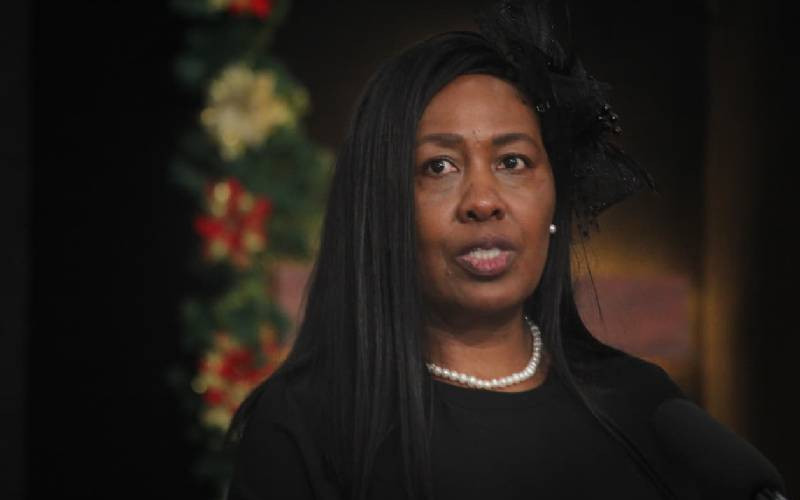In recent months, a disturbing wave of high school fires has swept across Kenya, with students allegedly setting dormitories and classrooms ablaze.
The incidents have raised alarm among parents, teachers, and government officials, sparking urgent conversations about what is driving such acts of destruction.
While each case is unique, a closer look reveals a troubling mix of pressure, frustration, and systemic problems that together fuel these dangerous outbursts.
One key factor is the intense academic pressure that students face, especially as national examinations approach. Many schools operate under tight schedules, with long study hours and limited breaks, leaving students mentally drained.
The lack of proper counseling or spaces to talk about stress means that frustrations build up silently until they explode in destructive ways. Some students admit that burning school property feels like a way to protest overwhelming workloads or to force a temporary closure, giving them time to rest.
Harsh disciplinary measures in some schools have also been linked to the unrest. In institutions where rules are enforced through fear rather than dialogue, students often feel unheard.
The banning of mobile phones, limited visiting days, and rigid routines can create a sense of imprisonment. When grievances are ignored, students may see violence as the only way to draw attention to their plight.
Peer pressure plays a powerful role too, once a few students begin plotting a fire, others may join in to avoid being isolated or labeled as weak.
Another overlooked cause is the monotony of the school calendar during the third term. Traditionally, this is a period with no extracurricular functions “funky” such as games, music festivals, club activities, or academic contests that allow students to leave the school environment and interact socially.
Learners are forced to remain confined within school compounds until the end of the semester, and candidates often stay even longer as they prepare for national exams.
The lack of variety and recreation builds restlessness and boredom, which can easily turn into frustration and rebellion when combined with academic pressure.
The social environment beyond school gates adds yet another layer to the problem. Many young people are growing up in homes where conflict, economic hardship, and limited parental involvement are common.
Some parents are too busy to engage with their children’s emotional struggles, while others use harsh punishment, teaching them that aggression is an acceptable response to problems.
Add the influence of social media, where stories of school fires spread quickly and sometimes glamorize the chaos, and it becomes easier for students to imitate what they see.
The impact of these fires is devastating. Lives have been lost in some incidents, while others leave students injured and traumatized.
Schools face massive financial losses, as rebuilding dormitories and replacing destroyed materials drains already tight budgets. Learning is disrupted, forcing delays in the academic calendar and putting exam candidates at a disadvantage.
Parents, already burdened by school fees, are forced to pay extra to repair the damage, creating resentment and further tension between families and institutions.
Addressing this crisis requires more than punishment. While arresting culprits may deter some, it does not solve the deeper issues.
Schools need to create spaces for dialogue, where students can express concerns without fear. Counseling services should be strengthened, and teachers trained to spot signs of distress before they escalate.
Parents, too, must play a greater role by nurturing open communication and supporting their children’s mental health. The government can help by reviewing education policies to reduce excessive academic pressure and by funding programs that teach conflict resolution and emotional resilience.
The fires in Kenya’s high schools are a loud cry for help. Listening to that cry, rather than silencing it with only punishment, may be the key to ending this dangerous cycle.












